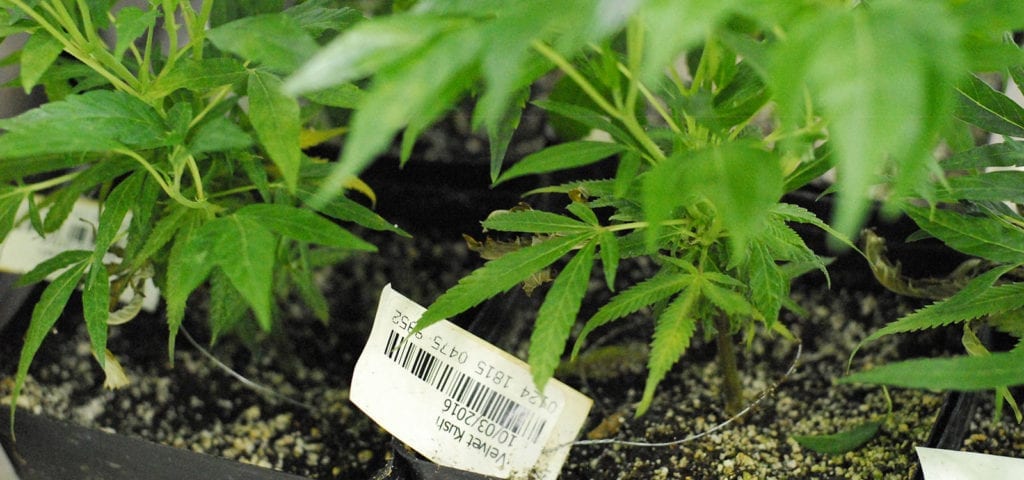Franwell’s METRC has been selected for California’s track and trace system and cannabis businesses throughout the state are scrambling to understand and implement procedures around the regulations to be enforced in the new year. Starting January 1, 2018, businesses will have to begin entering data into METRC in adherence with a myriad daunting municipal and state regulatory codes — although a grace period may take effect for those still trying to get their ducks in a row.
Back in June, I wrote a guide to getting compliant for operators in California, advising that all business owners establish relations with local regulators and get their financials in order. Today, the new year is on the horizon, and compliance should be at the top of your priority list, considering it was the biggest pain point for many cannabis businesses in other states, where the “I was not aware of this” excuse failed to conserve the offender.
Many of you will be establishing compliance departments and hiring the right personnel to overlook your ongoing compliance efforts, including the identification and prioritization of applicable regulations, development and storage of appropriate internal procedures, and their communication to all partners, stakeholders, and employees. As most probably know, a component of compliance will be the state-mandated track and trace program.
In this post, we’ll give some background information on track and trace programs and what to expect for California’s market.

Track and trace systems
With over 29 states online with some form of cannabis use, governmental bodies are tasked with a huge challenge of ensuring that cannabis plants and products are tracked from when the plant is just a seed until the end product is purchased by a consumer. Track and trace systems help regulators track cannabis throughout its lifecycle — from cultivator to manufacturer to distributor to lab to retailer and, eventually, to consumer — and ensures that cannabis doesn’t end up in the wrong hands and that businesses pay their share of owed taxes. These systems are called “track and trace” because they require the capturing of data points along each step of the supply chain and make it accessible to regulatory bodies in real-time.
These systems, including BiotrackTHC and Franwell’s METRC, which we discuss later in this post, are accessible online and have integrations with hardware (barcode/RFID scanners, label printers, scales, etc.) that enable cannabis operators to quickly input data into the system. Seed to sale tracking occurs along the entirety of the supply chain including:
- Lab Testing – performing quality assurance tests on flower or processed material to detect traces of pesticides, record THC / THCA levels, and more
- Transport – issuing manifests that include weight/quantity of product(s) being transported, starting address and ending address, and signature hand over of chain of custody by end customer
- Manufacturing – Monitoring the conversion of plant material to concentrates and logging any wastes or destruction
- Storage – documenting the location of batches of products at any given time, whether at a warehouse or in-transit with a driver
- Retailer – point of sale tracking of all products sold, patient efficacy and limits on dispensing to ensure easy product recall
- Overall compliance: the enforcement of packaging, labeling, taxes, and regulations
Beyond ensuring the collection of tax dollars, having a track and trace system in place is useful for the following reasons:
- It helps governments conduct efficient product recalls in case of any problems
- It ensures all cannabis products sold are safe for consumption and helps figure out why they were unsafe if any issues arise, tracking it all the way back to the plant’s seed source
- It enforces proper accounting and minimizes cannabis disappearing into the black market
- It serves as a tool to provide government with a high-level view of the cannabis industry
The Rise of METRC
To understand more specifics of how this applies to cannabis, let’s look at how one particular track and trace system, known as METRC, has been adopted by several states to handle all cannabis tracking, accounting for every gram of trimming to destroyed batches.
In 2011, Colorado passed a legislation entitled HB 1284 or the “seed-to-sale law,” requiring all cannabis plants to be trackable, and then in December of 2013, established MED (Marijuana Enforcement Division) and selected Franwell’s T&T system known as METRC to track all plants and packages with tags.
METRC is currently being used in Oregon, Alaska, Nevada and a few other states. One of the latest states to sign up is California, who has contracted Franwell, provider of METRC cannabis tracking system, to collect track and trace information from cannabis operators licensed to operate in California. As part of the offering, California envisions a functioning Application Programming Interface (API) that enables licensed cannabis operators in California to transmit data electronically to METRC, in addition to or in substitution of manual data entry into METRC. The goal of the API is to enable communication between METRC and other 3rd party systems ranging from POS to inventory tracking systems. Please note that all the information inside of METRC is private and confidential and only viewable by the licensee who has been given access by the Bureau of Cannabis Control.
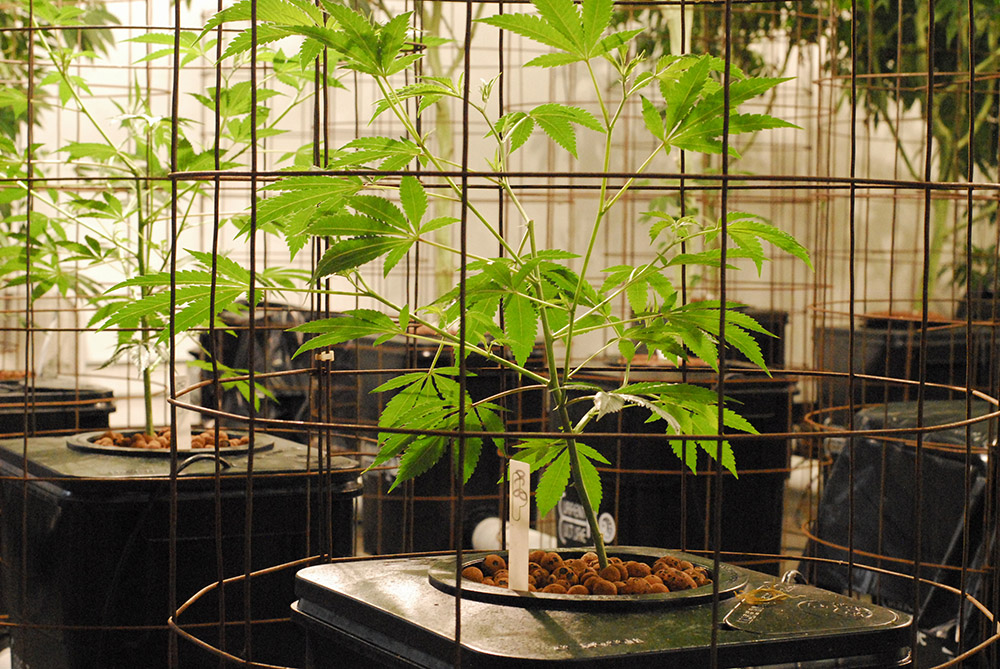
METRC, which stands for Marijuana Enforcement Tracking, Reporting and Compliance, applies a tag in adherence to an ID system that allows safety inspectors to quickly figure out where the product came from in case a recall needs to take place. These tags allow regulators to scan a particular plant or product and determine its origin. Depending on your state, RFID tag requirements may vary. In most states, licensees will be required to utilize RFID tags on each plant as well as each final, packaged product.
Each tag is equipped with a facility name, facility license number, application identifier (medical or recreational), order dates for the tag, and a unique identification number. The system generates the ID numbers, which is like a VIN number, and is NOT re-usable. Each tag has a barcode component and an RFID component but you can also enter things manually if you don’t want to scan anything in. These tags generally cost between 25 and 45 cents.
A detailed look at METRC
Tagged Inventory
In METRC there are 2 types of tagged inventory: plants and packages. Plants are immature, vegetative, or flowering, and must first be entered as un-tagged immature plant batches. Packages are what are created from immature plants, harvest batches or other packages.
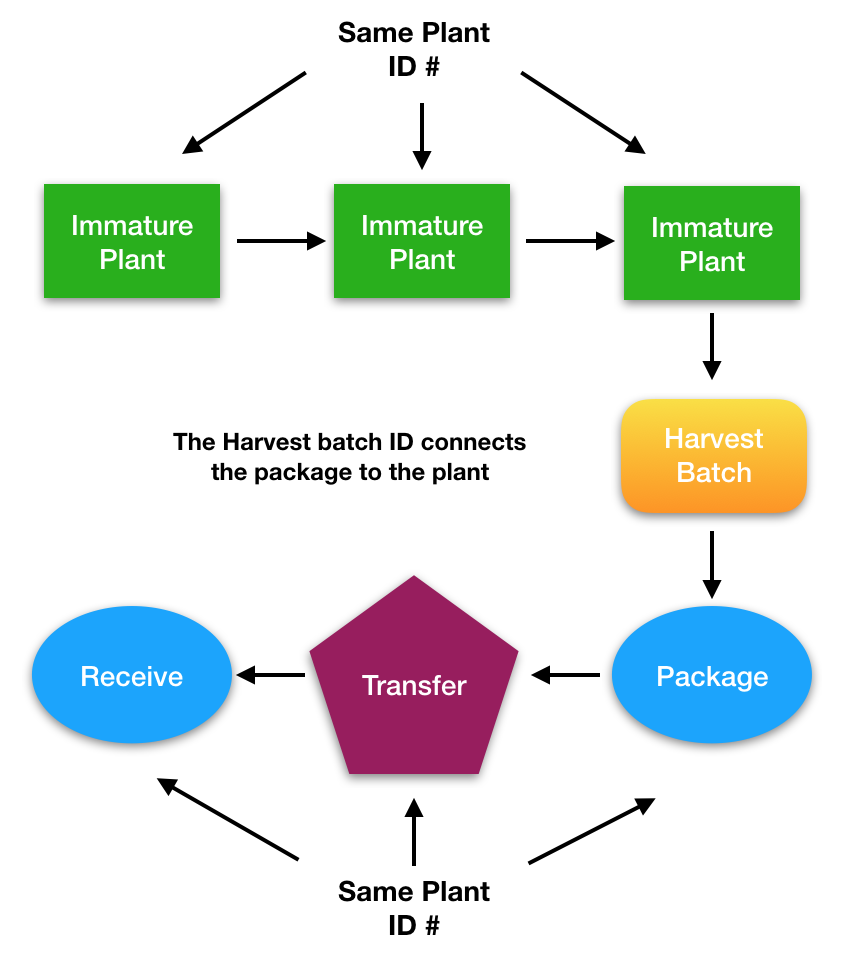
Once you have a flowering plant, you can make a harvest batch out of it, which only needs a unique name that you give it, not a new tag. From there you cut it, weigh it, trim it, and package out of it. The harvest batch is uniquely identified by a name you give it, from which you can create a package and add a package tag before you transfer it.
Tag Details
Each tag is equipped with a facility name, facility license number, application identifier (medical or recreational), order dates for the tag, and a unique identification number. The system generates the ID numbers, which is like a VIN number, and is NOT re-usable. Each tag has a barcode component and an RFID component but you can also enter things manually if you don’t want to scan anything in.
Packages and Intermediate Processes
Cultivators will sell their trim, which will have a tag on it. A processor may purchase trim from multiple places, and process and juice it to make a new batch of concentrate, which will get a NEW ID number on it, which will encompass all the other ID numbers. Once you have the concentrate, you can start doing the production batches such as edibles. This new ID number that will be associated with any new production batches you create so the system can quickly trace back to the point of origin in case of recalls etc.
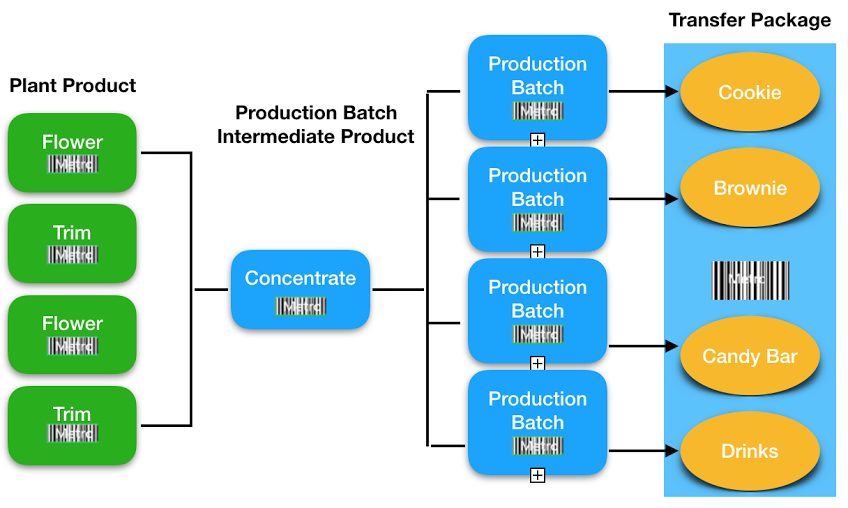
Transfers
Transfers are created anytime package(s) move from one physical location or licensed facility to another. These transfers may be rejected by package, meaning that the recipient may reject specific packages inside of a transfer if what is stated on the manifest doesn’t match up with what’s physically being received (i.e. amounts, weights etc.), resulting in the originating licensee receiving the package back into their custody. This means that the ID is simply transferred from one licensee to another’s inventory once they accept the transfer, and thus does not require the recipient to apply a new tag. All transfers and pertaining details are tracked inside METRC.
Lab Results
Labs are required to put test results into the system. Once distributors create a test package, it would have its own unique ID and be transferred to a lab. The package being tested is then placed on hold until those test results come back as clean as entered by the lab into METRC, meaning that it can’t be moved, sold or transferred. In California, the lab will be taking possession of the package and creating a test package, they will create the manifest and ship it.
Reports
Each licensee will get a reporting dashboard with about 12 reports in METRC, which is based on Microsoft’s SQL Server technology. The reports will cover everything from sales to cultivation to transfers to packages, providing granular insight and trend analysis functionality, and be exportable to Word, Excel and PDF formats.
Dealing with other track and trace systems on a municipal level
Although the state of California has selected METRC as its official track and trace system, a few counties in California have enacted their own systems that operators in those regions will have to comply with in addition to METRC. A traceability company called SICPA has been piloting a program with Yolo, Mendocino, and Humboldt county in which all growers (roughly 100 of them) are required to participate — and this could last up to 2 years.
SICPA Product Security, LLC is a Swiss company that currently tracks cigarette sales for all of California. The reason SICPA is applicable to cannabis is to show a Point of Origin so that the source of the cannabis can be claimed only by those counties as the appellation system dictates, and not by anyone else, in order to help protect the growers’ intellectual property.
SICPA’s track and trace system utilizes secure stamps that help in fighting counterfeiting, and allow for data collection and business intelligence. After harvesting and packaging, a licensee applies a traceable, counterfeit-resistant stamp to the packaging, which includes a QR code and unique stamp number that is coded with information about the product, including size, strain, grower and more. As the package goes through the supply chain — from cultivator to manufacturer to distributor to dispensary — the stamps are scanned by each licensee so they can be tracked until the product is sold to a patient.
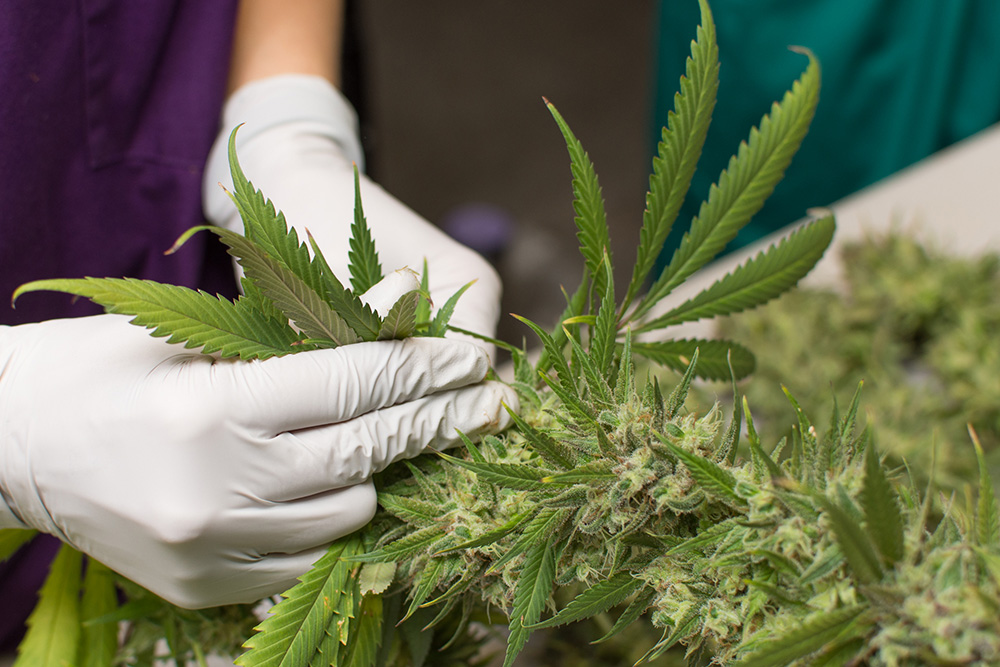
Patients will be able to scan these stamps with a smartphone app (which will be released when the program launches) or check them on a website to make sure a product is authentic, retrieve information about the product, see test results, and answer a litany of other questions, including: were any pesticides used? Is the grower ‘Clean Green’ or organic? And so on.
To make things even more complex, track and trace systems are also live on a ‘city-level’ in California. The City of Arcata adopted Florida-based BioTrackTHC last year. Arcata, which has a population of just under 19,000, was the first city in the entire state of California to implement a track and trace system. The adoption of BioTrack had its hurdles, causing many to be concerned that the system had been prematurely selected. We are unclear at the moment how this program is progressing but if anyone has any insight, please contact me with the contact information below.
As you can see, various organizations have been looking to forge relations with municipalities so that they may maximize their probability of winning the prized state contract. Its unclear now how the state, county and city level systems may work together.
Working with Track and Trace Systems in California
Although systems like METRC (and SICPA if you are in those counties which require it) are mandatory for keeping you compliant, you will likely be or already are using software to manage your customer relations (CRMs), inventory, production, orders, and invoices, as well as granular-level reporting across all these facets of your business. In hybrid track and trace models, the regulatory body gets to maintain their centralized database while opening up an API for tools that can integrate with them and automate the submission of data required by the state. METRC has an API available so you can use tools to integrate with track and trace in California, removing the need to do manual data entry into METRC.
To understand how interfacing with an API affects you, imagine your workers logging in to a system like METRC with their username and password, moving their mouse cursor into particular boxes and typing in data, or by clicking on an upload button where they attach a CSV or Excel spreadsheet to report sales into METRC. With an API, whatever software you are using to manage your inventory, orders, and shipments can automatically do this for your workers, removing the need for double the work or human errors. There are certain data points such as sales that you can submit at the end of the day, whilst other activities like shipments require transport manifests to be recorded as they happen, letting regulators access and track the chain of custody of your cannabis products through their supply chain in real-time.
If you are an operator looking to enter the space in the future or have already begun your journey, it will be very helpful to understand track and trace systems and how they may affect your operation. In future posts, we’ll cover more details about METRC and how to work with its API.
Get daily cannabis business news updates. Subscribe
End
